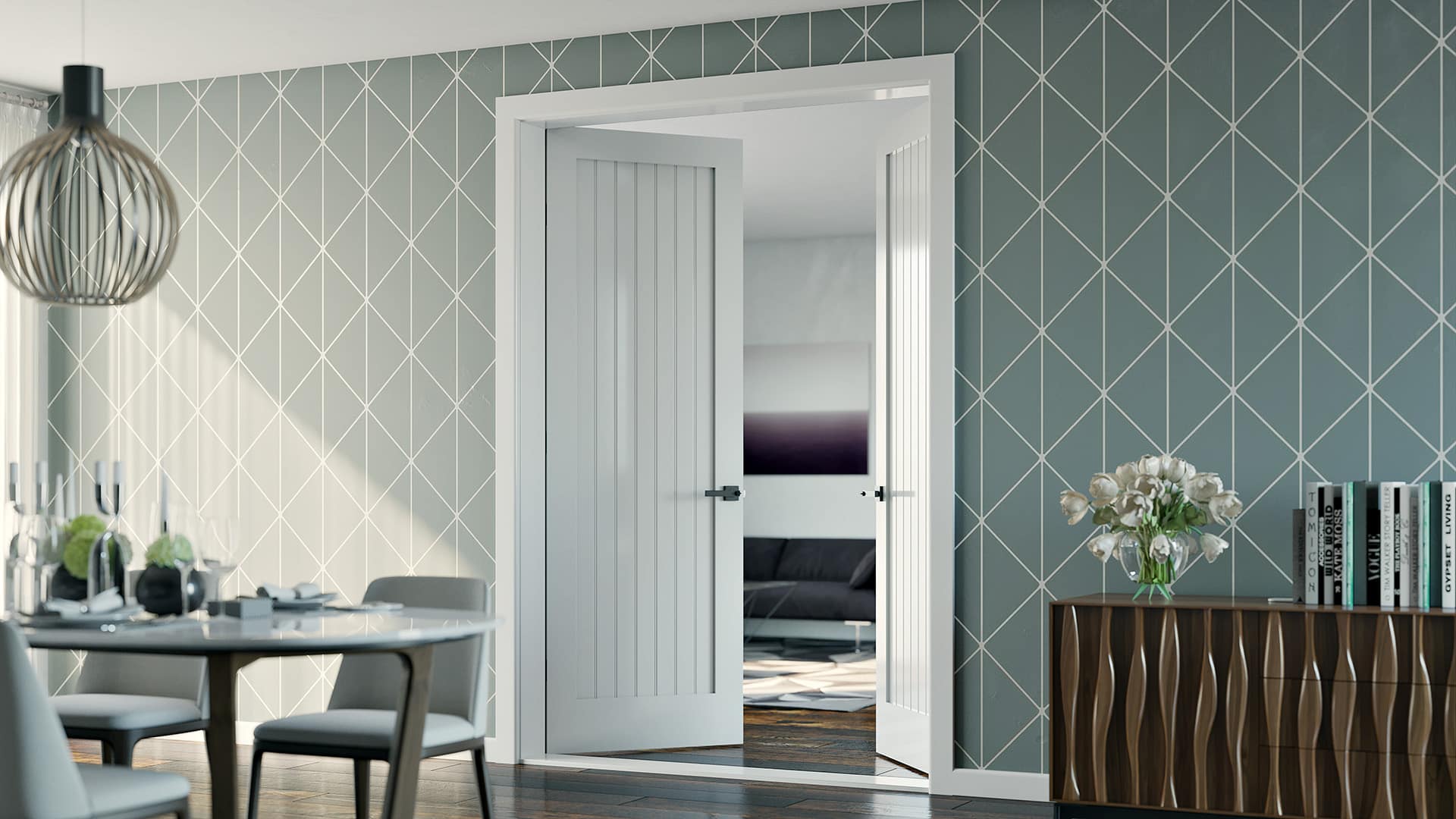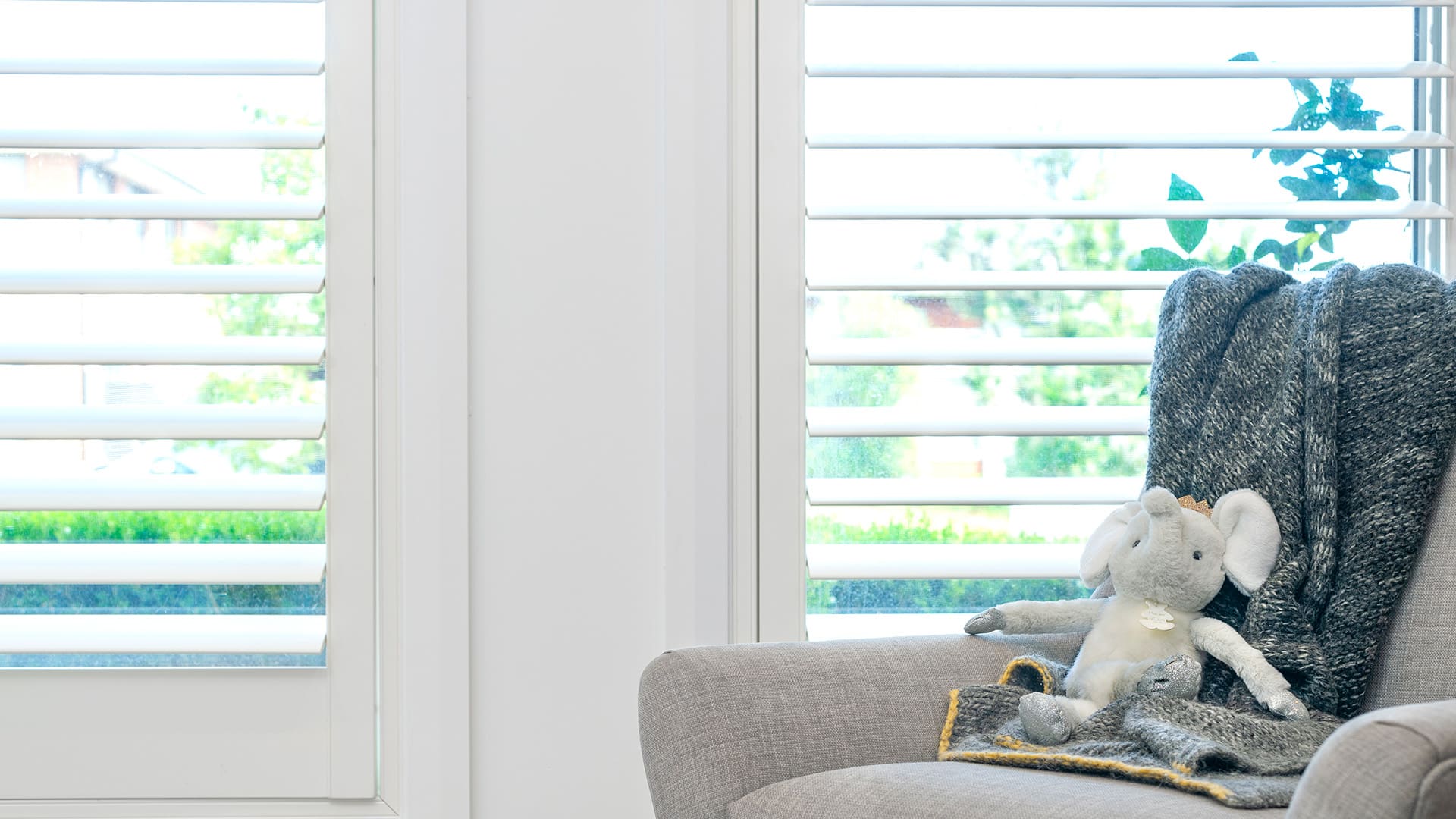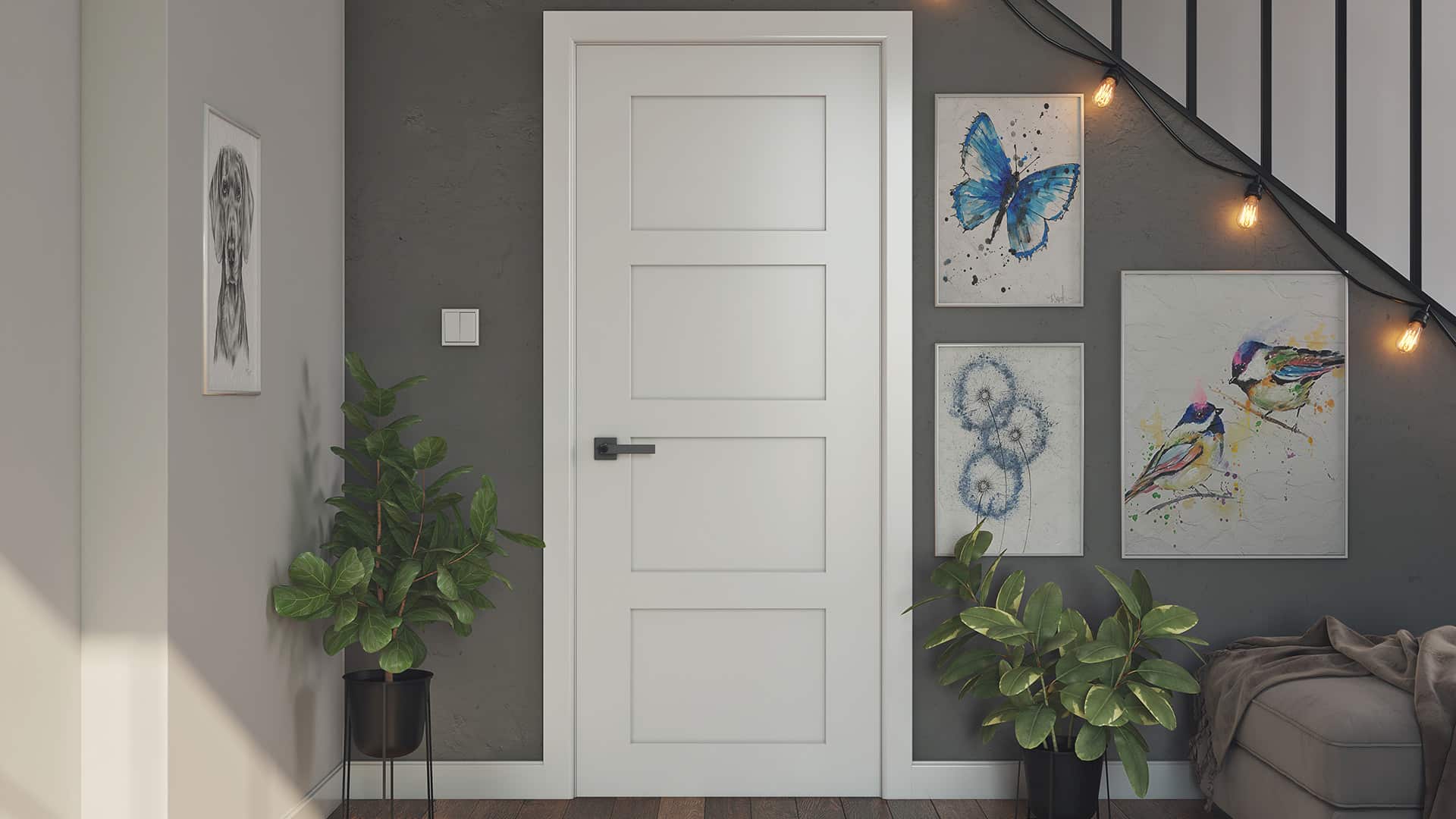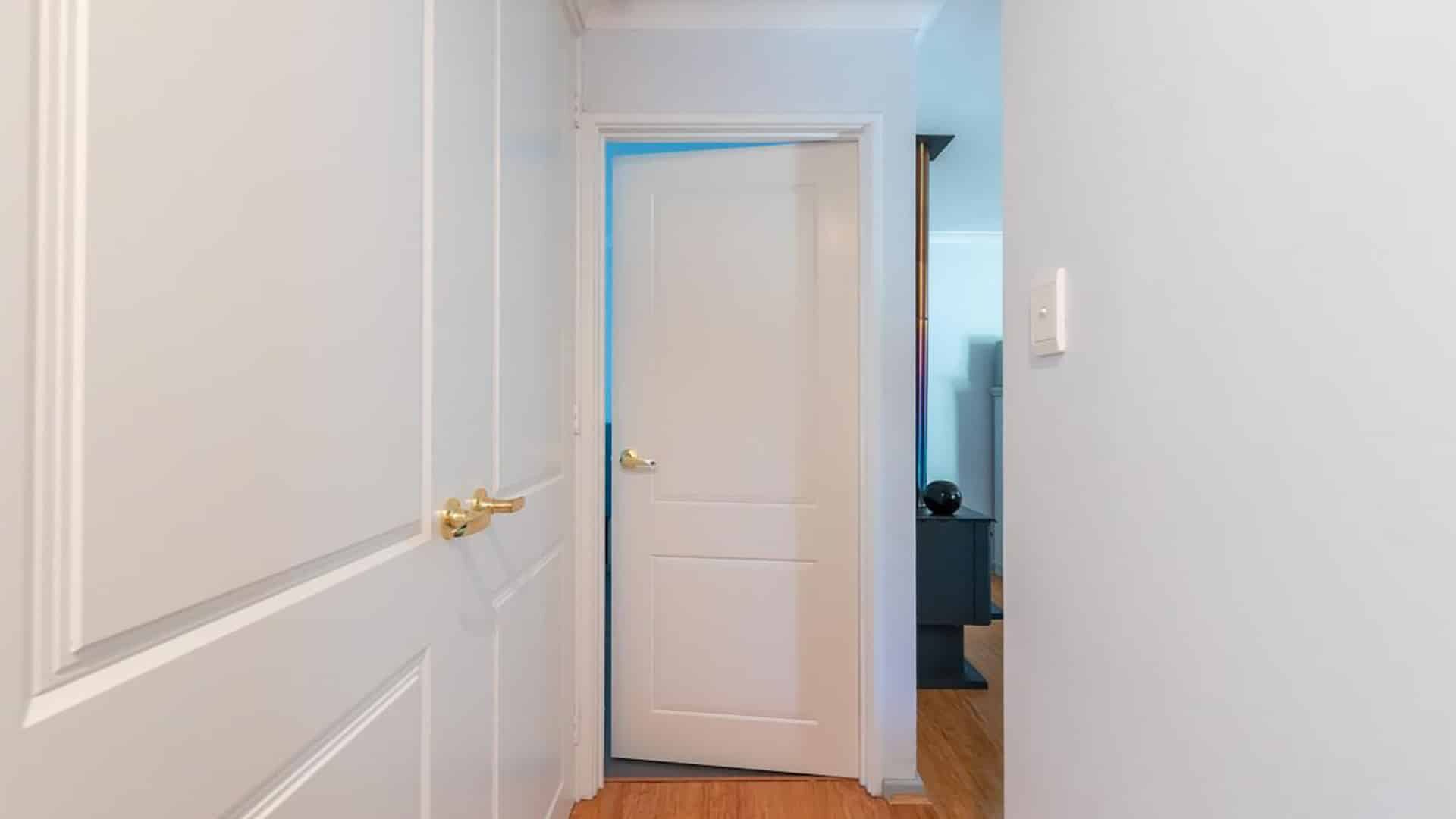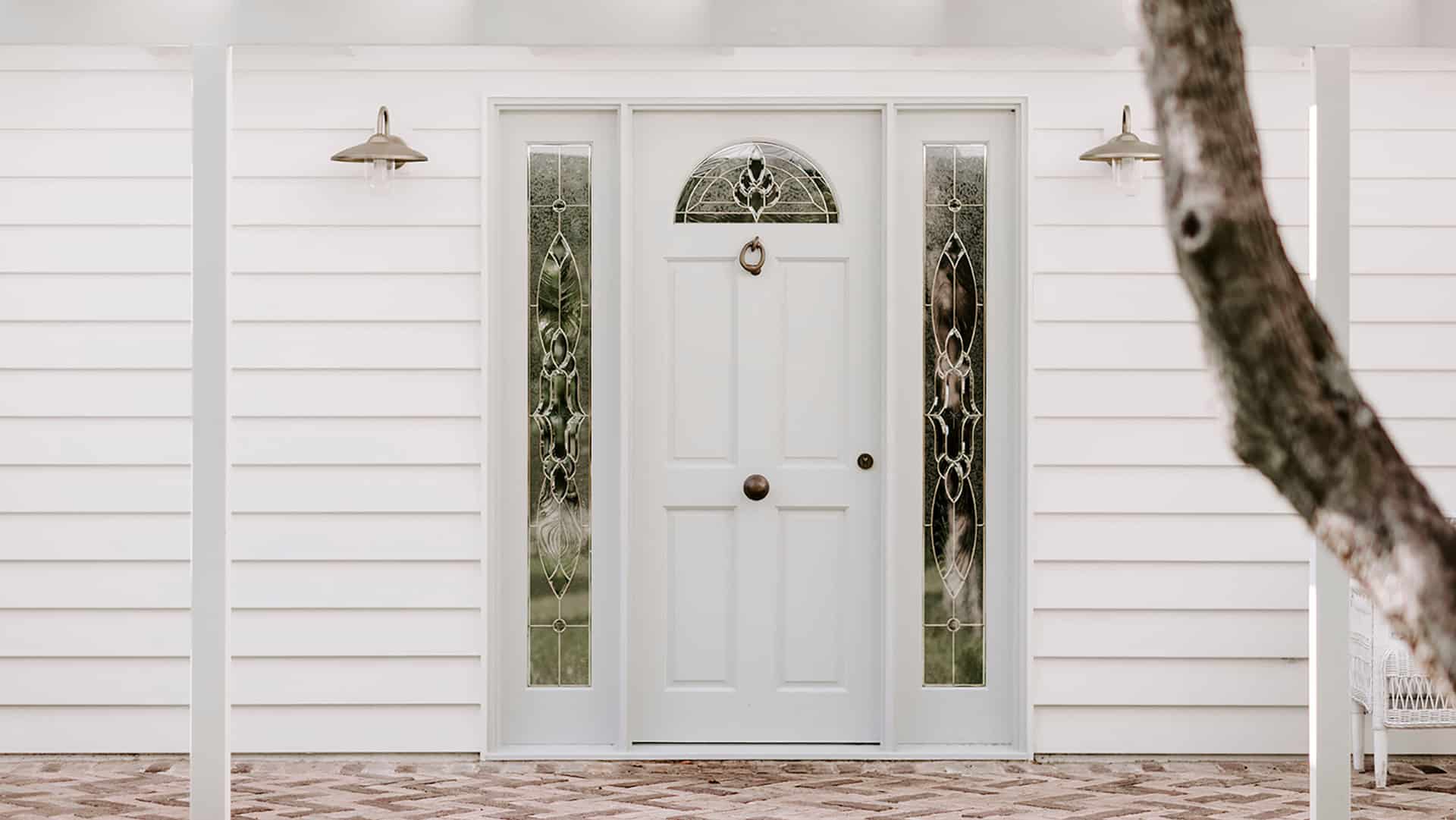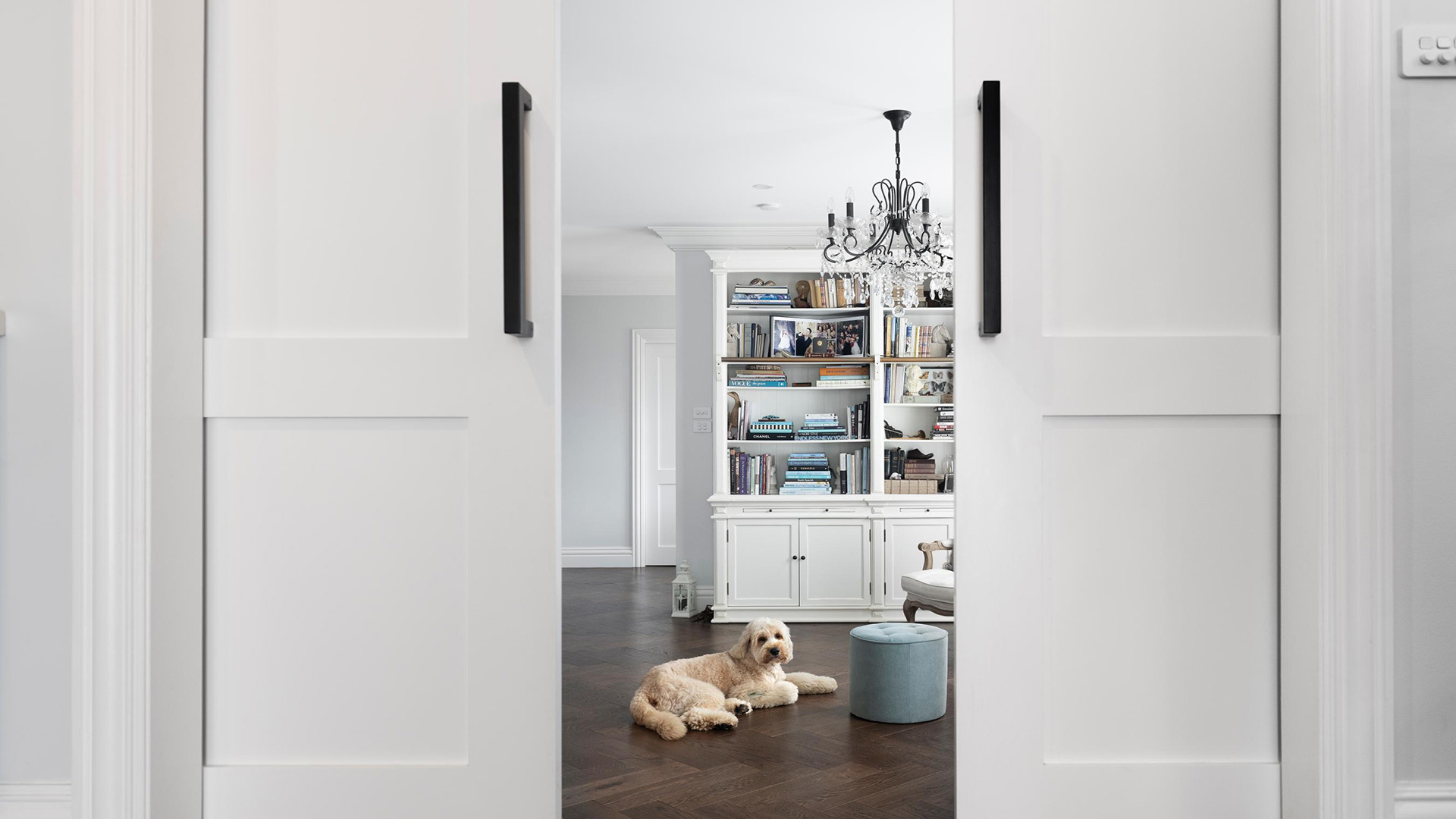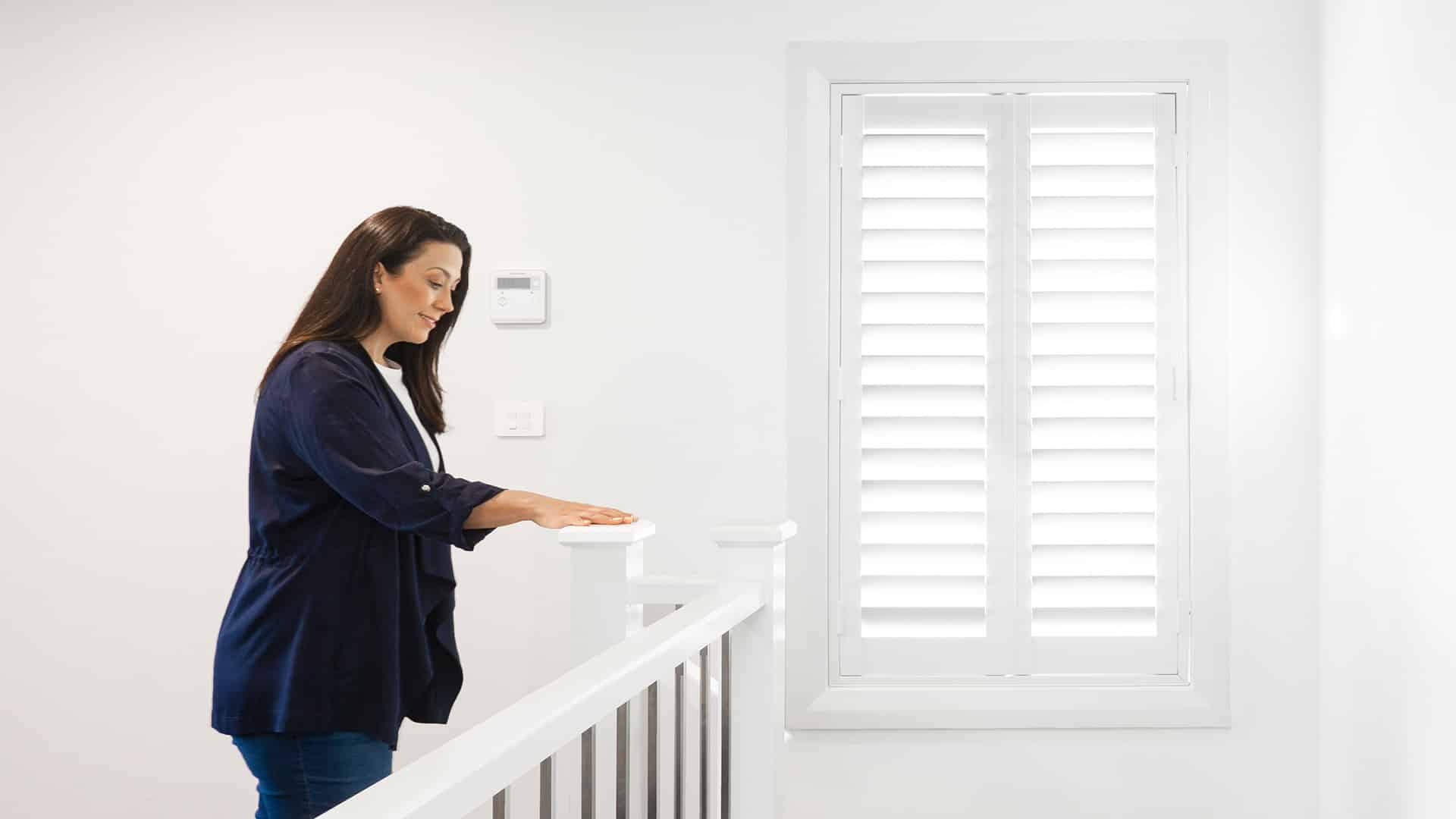How Do You Remove a Sliding Glass Door? A Step-by-Step Guide
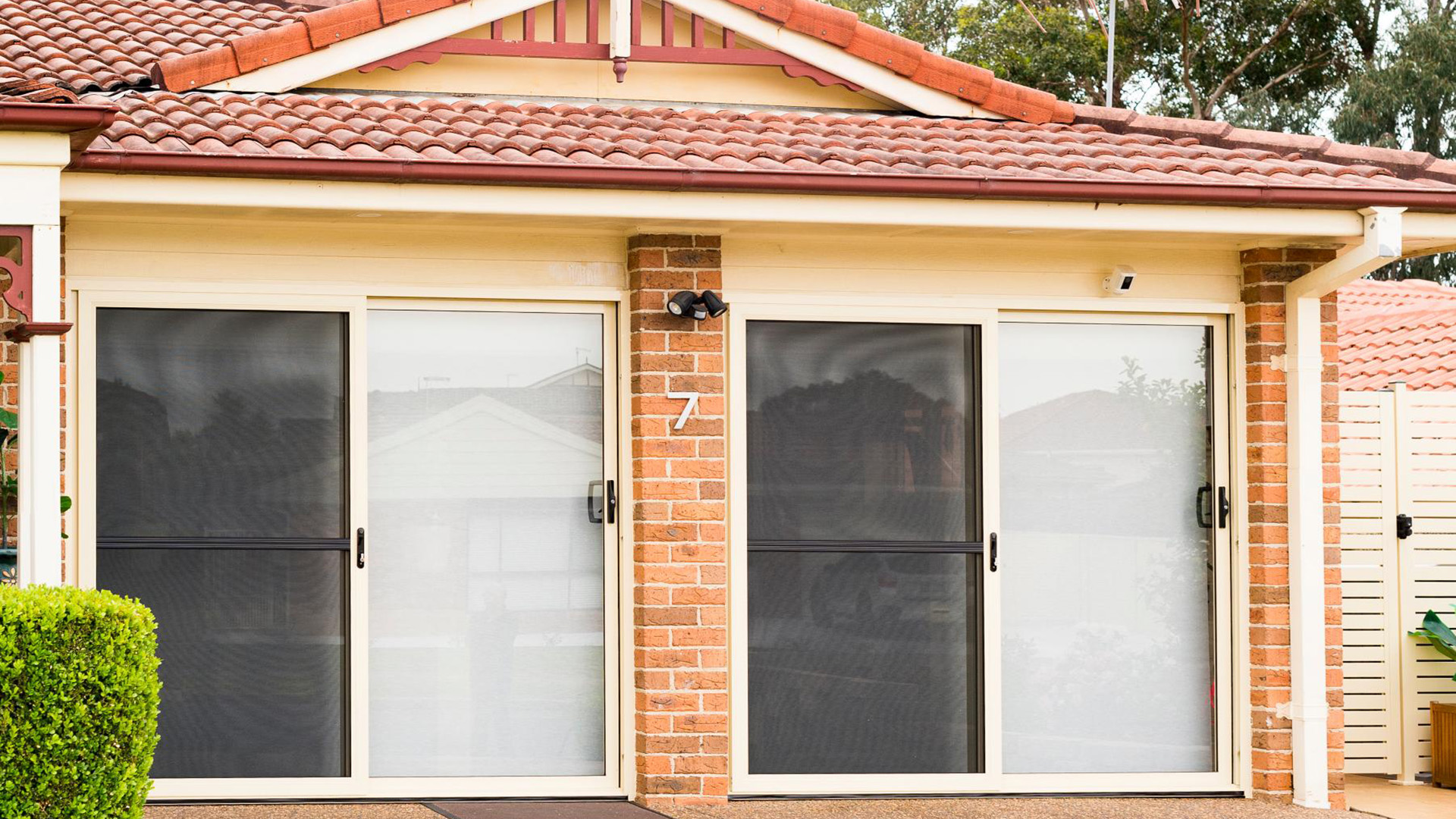
Is a sliding door at your place looking a little tired? Or does it easily get jammed or come off-track?
Whether upgrading to a new design, fixing a faulty roller, or doing routine maintenance, knowing how to remove a sliding glass door properly will save you time, stress, and money.
This isn’t a job you want to rush. These doors are heavy, fragile, and awkward to handle. If you don’t follow the right steps, you could end up with broken glass, a dented frame, or worse—an injury!
How do you remove a sliding glass door correctly? We’ll walk you through the process from start to finish, including what tools you need, how to safely remove the door, and handy tips to make the job easier.
Tools You’ll Need to Remove a Sliding Glass Door
• Phillips-head and flathead screwdrivers
• Power drill (instead of screwdrivers)
• Pry bar
• Putty knife
• Utility (Stanley) knife
• Utility gloves
• Safety glasses
• Masking tape (to keep the glass from shifting or shattering)
• Glass suction cups (for handling the glass)
• Blanket (to rest the door panels on)
• Drop sheet (to protect the floor)
• Helper (most sliding doors are too bulky to handle solo)
Removing the Sliding Glass Door and Frame
Step 1: Prepare the Area 
Clear the space around the door of curtains, blinds, furniture, rugs, and decor that might get in the way.
Apply masking tape in a crisscross pattern from edge to edge of the sliding door glass panel to help hold the glass together if it cracks during removal.
Lay a drop cloth on the floor inside the door to protect your floor from scratches. Also, lay a blanket on the floor nearby to place the glass panels on once they’re out.
Step 2: Remove the Sliding Door Panel from the Tracks 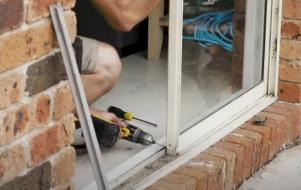
Now, how to remove the sliding door from the tracks?
Open the door about halfway. Look along the bottom inner edge of the door panel, just above the inner track. Most sliding doors have adjustment screws hidden behind small caps or holes near the base on either side. These screws control how high or low the door sits on its rollers.
Use a screwdriver or drill to loosen these screws just enough to lower the rollers and give you more clearance to lift the panel out of the track.
Step 3: Detach the Sliding Door Panel from the Door Frame
Hold both sides of the sliding panel firmly. Carefully lift it upwards into the top track. Once the bottom edge clears the bottom track, tilt the panel towards you and slowly lower it out.
Have someone help if the door feels too heavy or awkward. Place the panel on the blanket you laid earlier.
Step 4: Remove the Fixed Glass Panel (if Applicable)
Older-style sliding doors or those designed for easy replacement may have a removable fixed glass panel. If yours has a fixed panel, you’ll have better access to it now that you’ve removed the sliding panel.
Check for a small screw-secured metal bracket at the top or side of the fixed panel that holds it in place. Remove any screws securing this bracket and take it off.
If any silicone or adhesive also holds the panel in place, use a utility knife to cut through this.
You may need to gently pry the panel away from where it meets the door frame using a putty knife or pry bar. Start from the bottom corner and work slowly to avoid bending the frame.
When the panel is loose, slide it towards the centre opening to lift it upwards, tilt it out, and set it aside on the blanket. This panel can be as heavy as the sliding panel, so get someone to help you again.
Step 5: Remove the Door Frame 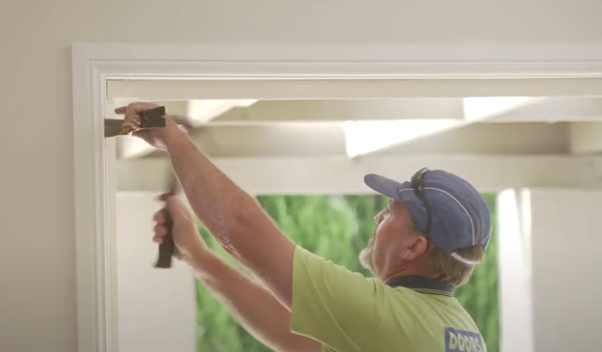
Once both glass panels are out, you can remove the frame if you’re replacing the entire door unit. If the fixed glass panel is permanently built into the frame, you’ll need to remove the frame with the glass in place.
Check around the edges of the frame for any screws securing the frame to the wall or floor. Use a screwdriver or drill to remove them.
If the frame is sealed with silicone or adhesive, use a utility knife to cut along the edges where it meets the wall to loosen it.
In most cases, the tracks are part of the frame and don’t need to be removed separately—they’ll come out with the frame as one unit. Only remove the tracks if they’re screwed in separately or if you’re having trouble getting the entire frame out.
Insert a pry bar behind the side or bottom section of the frame and gently lever it away from the wall. Work slowly and evenly around the frame to avoid bending or cracking it, especially if you plan to reuse it.
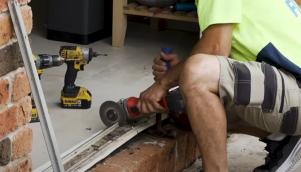 When the frame is free, carefully lift it out of the opening. Some frames come out in one piece, while others may need to be removed in sections.
When the frame is free, carefully lift it out of the opening. Some frames come out in one piece, while others may need to be removed in sections.
Once again, enlist the help of someone, as larger or older aluminium frames can be heavier than expected.
Step 6: Final Check and Inspection
Look for cracks, holes, water damage, or rotted timber around the opening where you removed the frame. Repair or reinforce as needed before installing anything new.
Scrape off any remaining silicone or adhesive with a putty knife.
Give the opening a good sweep or vacuum to remove dust and debris.
Cleaning the Glass Door Panels
If you plan to reinstall or store the sliding door panels, now is a good time to clean them.
1. Use a soft brush or dry microfibre cloth to remove dust and dirt from the door’s edges, corners, and surfaces.
2. Spray both sides of the glass with a glass cleaner or a mix of vinegar and water. Wipe with a lint-free cloth or newspaper using circular motions.
Cleaning the Tracks and Frame
1. Use a handheld brush or a vacuum cleaner with a brush attachment to get rid of built-up dust and dirt from the tracks and frame.
2. Mix some mild dish soap with warm water. Dip a sponge or cloth into the mixture and clean all sides of the frame and tracks. You can use a narrow brush, old toothbrush, or cotton tip to get into tight areas of the tracks.
3. Dry everything well with a clean cloth to prevent water spots or rust (on metal frames), making sure no water is left in the corners or roller tracks.
4. If you’re reusing the tracks, check for any damage or wear. Apply a silicone-based lubricant to the clean track to help the door glide smoothly when reinstalled.
Tips for Safe and Efficient Sliding Glass Door Removal
• Get Help: Work with a partner to safely move heavy glass panels and the frame.
• Go Slow: Take your time and work carefully to avoid causing damage to the surrounding walls.
• Be Careful: Watch out for sharp edges on the frame and glass.
• Wear Safety Gear: Safety glasses and utility gloves will help protect you from injury.
• Use the Right Tools: Specialised suction cups will assist with securely handling glass panels.
• Stay Organised: Label removed parts, like screws and brackets, for easier reassembly if needed.
When to Consider Professional Help
Some sliding door removals are best left to the pros!
Call in a professional if
• You’re dealing with large or heavy doors that are difficult to move safely.
• The track or frame design is complex or built into the wall.
• There’s a risk of damaging surrounding walls or structures.
Professional installers have the right tools and know-how to do the job safely in less time and with less mess.
Doors Plus offers expert sliding door removal and installation services, so you can have your door replaced without the fuss!
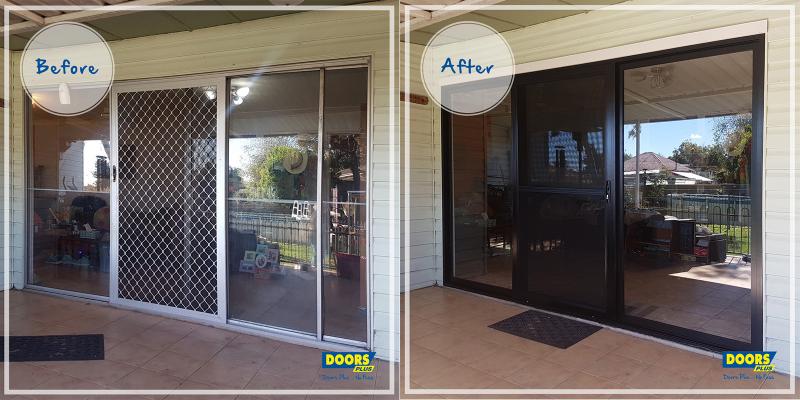
Benefits of Upgrading Your Sliding Glass Door
Why upgrade your sliding door instead of simply repairing the old one?
A new door can offer more than just a fresh look.
• Better Energy Efficiency: Double-glazed glass will help keep your home comfortable year-round by reducing heat loss in winter and blocking heat in summer.
• Improved Security: Newer doors can have stronger locks and be made of tougher materials—such as Doors Plus Safe Glass™—which is extremely difficult to break and 500% stronger than regular glass.
• Smoother Operation: Updated track systems and hardware enable smoother operation and last longer.
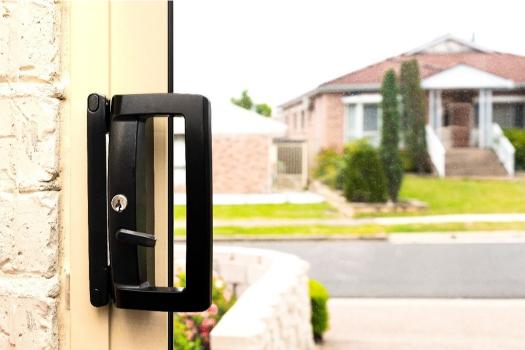
FAQs about “How Do You Remove a Sliding Glass Door?”
Can I Remove a Sliding Glass Door Myself?
Yes, you can if the door is standard size and you have the right tools, safety gear, and a second person to help.
For larger or more complex doors, it’s best to call a professional.
How Heavy Is a Sliding Glass Door?
The weight of a sliding glass door varies based on its size, glass type, and frame materials. Generally, standard residential sliding doors weigh between 30 and 80 kilograms per panel.
Larger doors, such as those with double glazing or commercial-grade materials, can be heavier, weighing up to 160 kilograms.
Do You Need To Remove the Entire Frame To Replace a Sliding Door?
If the new sliding door matches the existing frame and the frame is in good condition, you may be able to just replace the door panels.
Removing the whole frame will be necessary if the frame is damaged or incompatible with the new panels.
Ready to Upgrade Your Sliding Glass Door? Let Doors Plus Help!
How do you remove a sliding glass door?
Just follow this guide!
But if you decide it’s a job best done by professionals, look no further than Doors Plus.
We have a wide range of high-quality, stylish sliding glass doors to suit any home. And with our free measure and quote, easy delivery, and expert installation, you can sit back while we take care of everything—from start to flawless finish.
Visit your nearest Doors Plus showroom today, and we’ll help you choose and install the perfect sliding glass door with “No Fuss!”

